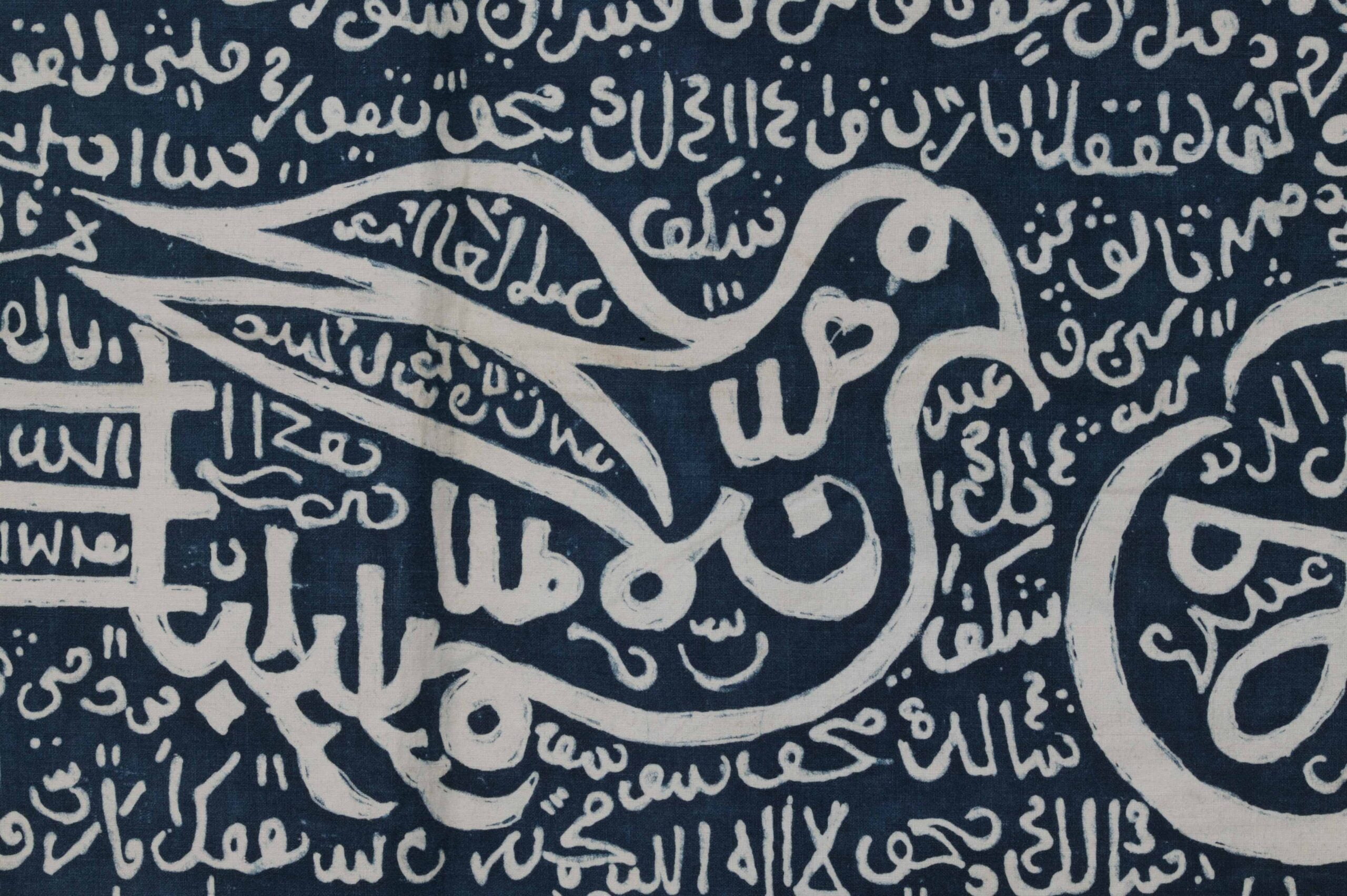
11 February 2003 – 11 May 2003
The exhibition is an introduction into the lives and culture of the Malays, the race of people inhabiting the Malay world, which consists of the Malay Peninsula and portions of adjacent islands of Southeast Asia, including the east coast of Sumatra, the coast of Borneo, and smaller islands that lie between these areas.
The Malay world was once a thriving center for international maritime trade, especially during the 14th and 15th century; with spices and textiles being the most valued of commodities. Trade relations between India and the Malay world had existed for over nine centuries, in which the Indian merchants played a vital role in the economic structure of the Malay world.
The flourishing trade exposed the Malays to foreign cultures and influence; and prior to the advent of Islam, Hindu-Buddhist empires had a strong political and cultural influence over most parts of the Malay world. The Malays accepted such assimilation of culture as part of their diverse and yet unified cultural inheritance.
This cultural diversity was sustained throughout the arrival of Islam, which in turn helped expand the cultural and ideological horizons of the Malay arts and crafts. This exhibition aims to reflect upon the beauty of Malay textiles, and the vital role of Indian culture in nourishing the developments of this heritage.
This exhibition is organised by the National Museum, New Delhi with the Islamic Arts Museum Malaysia.


